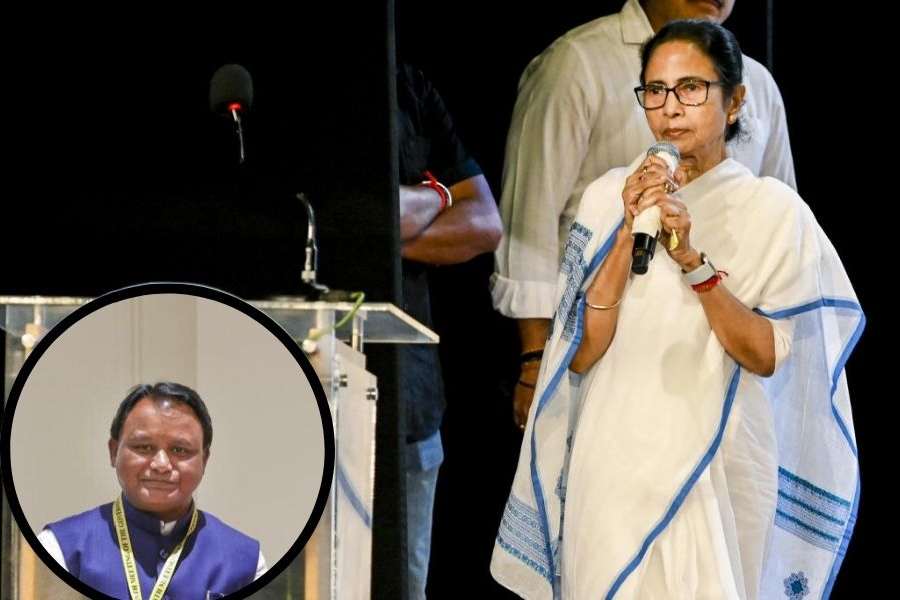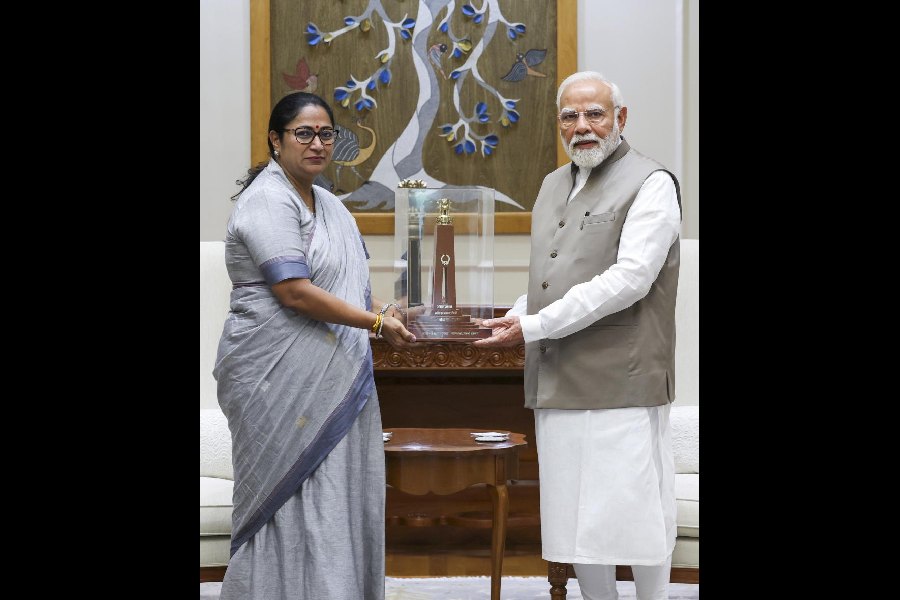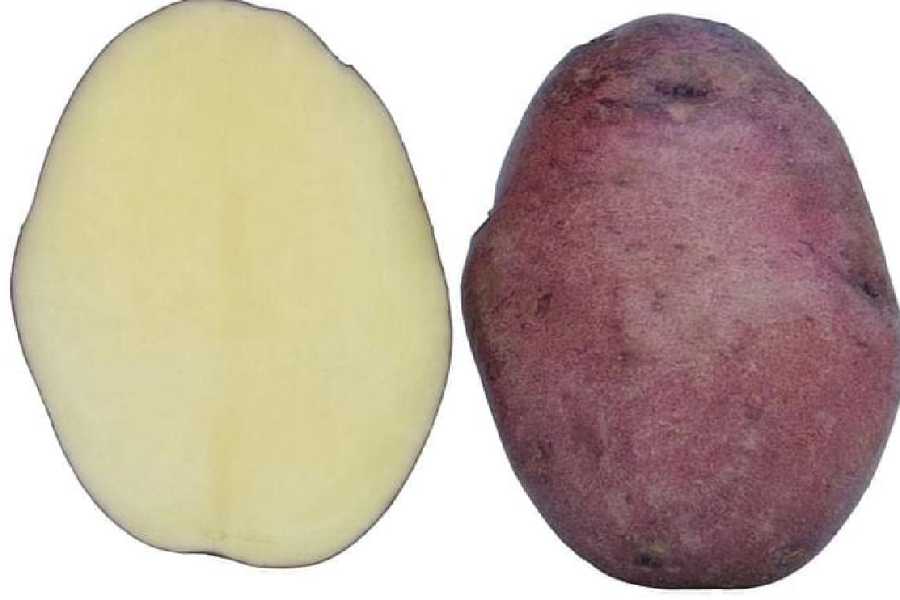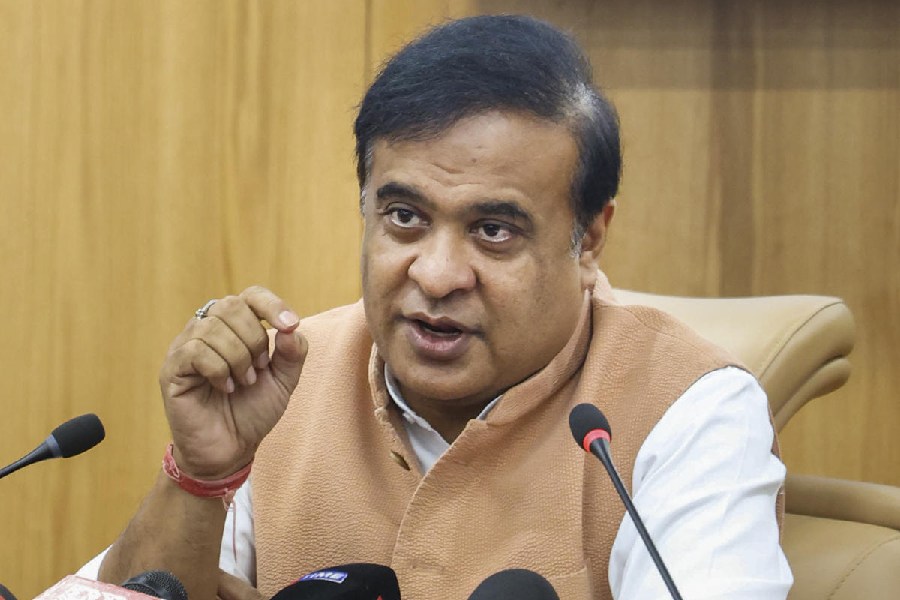 |
New Delhi, Aug. 11: Prakrit was what the subcontinent’s masses spoke dating back 2,500 years; Pali was the language of ancient Buddhist texts. Few would dispute that the now-dead tongues are valuable parts of India’s heritage.
Yet neither has been accorded “classical” status by the Centre unlike at least three younger languages, whose cases were pushed by the governments of the states where they are spoken by the majority.
Prakrit and Pali are political orphans and have only scholars batting for them.
A language is accorded “classical” status on the recommendations of the linguistic committee that works under the Sahitya Akademi. The Union culture ministry forwards the recommendations to the cabinet for approval.
Committee members say they have been seeking “classical” status for Pali and Prakrit since 2005. “The government suitably forgets about it since there is no constituency or political pressure to cater to,” said Udaya Narayana Singh, academic and founder member of the committee.
The Centre provides Rs 100 crore for research and development of a “classical” language. Experts say Pali and Prakrit need the money more than other languages.
“Most of the research in Pali is done at Buddhist monasteries, which cannot match the work a secular institution can do,” Singh said. Only a few scholars are researching Pali and Prakrit because of a lack of funding.
The five languages that now enjoy “classical” status are Sanskrit, Tamil, Telugu, Kannada and Malayalam. Since the tag brings bragging rights as well as central funds, many states have been bombarding the Centre with thick volumes of purported evidence that their respective language meets the criteria. (See chart)
Last month, the linguistic committee cleared Odiya’s claim and only a cabinet nod is awaited. Marathi is in the queue following a request to the ministry last year by Shiv Sena MP Sanjay Raut.
“When the request on behalf of Tamil came up in 2005, we had suggested that first Sanskrit, Pali and Prakrit be given the status. The ministry moved a cabinet note only for Sanskrit, leaving out Pali and Prakrit,” Singh said.
Since then, the committee has been raising the issue at every meeting, members say.
“The members strongly and unanimously recommended that Pali and Prakrit be recognised as classical languages without further delay. The matter has already been discussed in two previous meetings of the linguistic experts committee,” say the minutes of a committee meeting held on March 5 last year.
The minutes of a subsequent meeting on December 19 say: “The members also recommended that Pali and Prakrit be recognised as classical languages, as both these languages very well fulfil the criteria….”
Culture ministry officials claim they never received any formal proposal on behalf of Pali and Prakrit.
“The linguistic committee always made its recommendations for Pali and Prakrit in passing. We cannot forward a proposal to the cabinet on the basis of a stray mention in the minutes of meetings,” a senior ministry official said.
Committee members, however, say they had sent the minutes to the ministry and that ministry officials had never asked for a more “formal” recommendation. A member suggested that such a recommendation might now be considered.
Scholars say that Pali, Prakrit (which outlived Pali) and Sanskrit had virtually parallel existence.
“If we are giving the ‘classical’ status, one after the other, to languages whose claim could be disputed, why not give it to Pali and Prakrit which are undisputedly classical?” said Anvita Abbi, professor of linguistics at JNU and linguistic committee member.
Abbi’s point is reflected in Malayalam’s battle for the tag. On March 5 last year, the committee had rejected Malayalam’s claim saying it did not fulfil the antiquity (1,500 years) criterion.
Within a month, under pressure from the Congress-led Kerala government, the culture ministry asked the committee to review its decision. Despite protests from the committee members, Malayalam got the tag in December.
The majority of Buddhist scriptures dating back to the first century BCE are written in Pali. Although it’s a dead language, scholars still learn it for access to Buddhist literature.
“Prakrit is not one language — it’s a collective of six or seven dialects that were spoken around the 6th century BCE. In the 1st century BCE, Buddhist sermons were written down in Sri Lanka: the formal language used was called Pali. It is similar to Prakrit,” said Karam Tej S. Sarao, professor of Buddhist Studies, Delhi University.
The two languages were spoken and understood in the area stretching from present-day Assam to the Iran border and southwards up to the Vindhyas, Sarao added.










